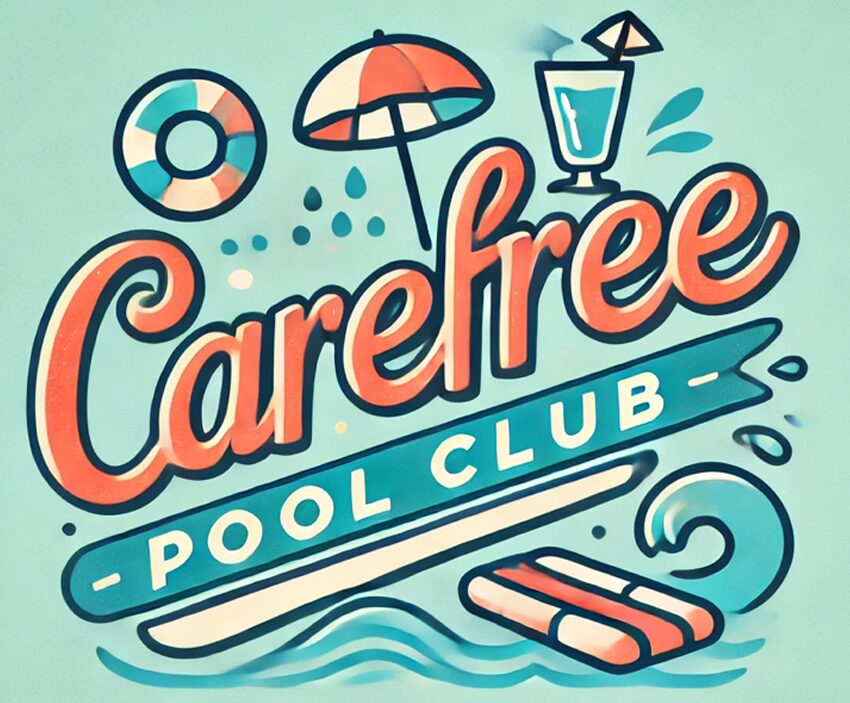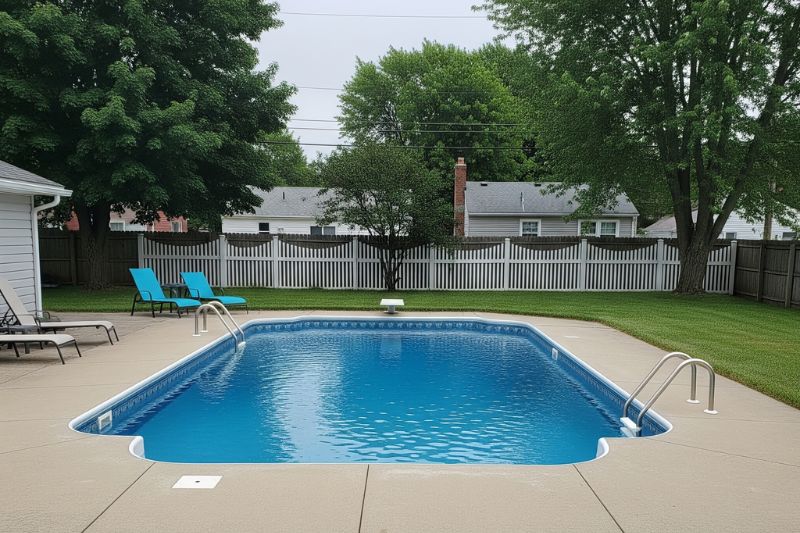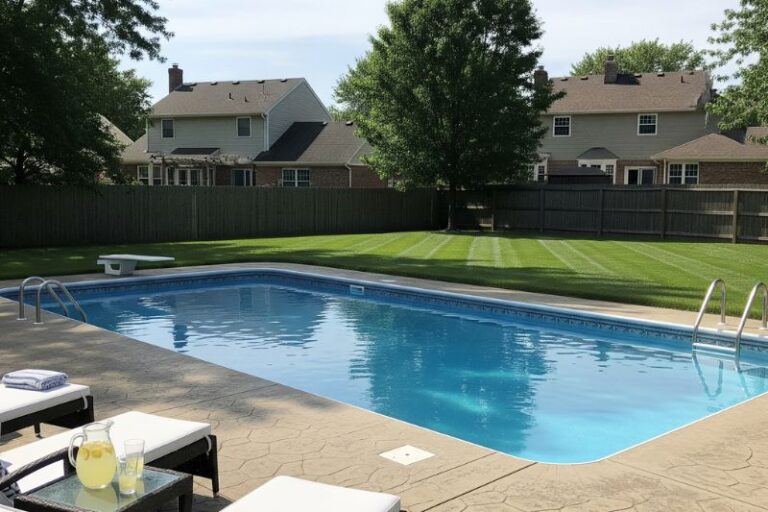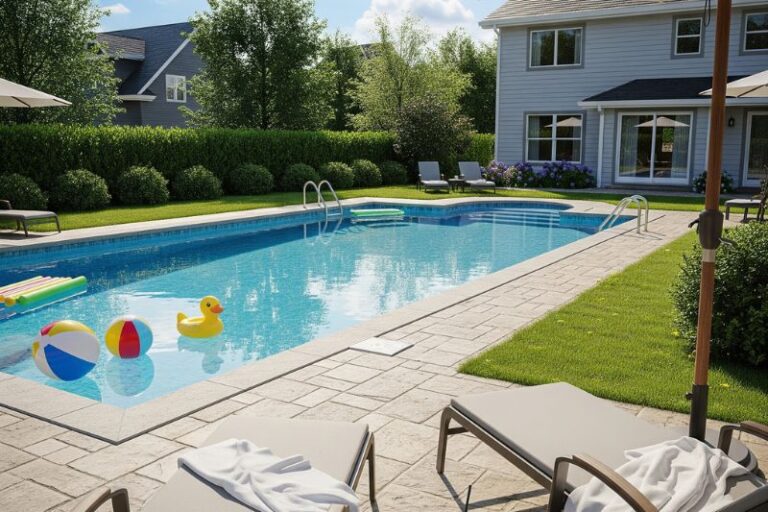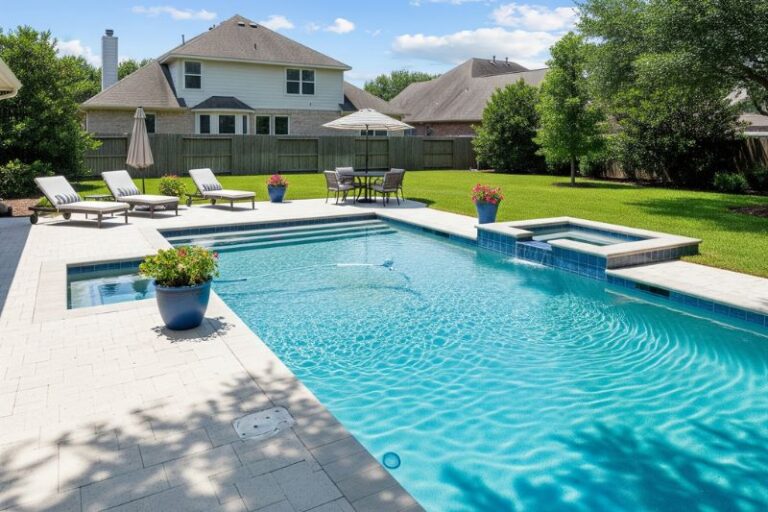So you dumped a whole bag of shock into your pool last night and woke up this morning to the same swampy mess. Or worse, it got cloudier. And now you’re standing there with your hands on your hips, blaming the shock for not working. Newsflash: shock doesn’t work if you don’t test first. Period.
Let’s break it down, because clearly you need some tough love.
Chapter One: The Myth Of The Magic Shock
You really thought shock was a magic powder, didn’t you? Sprinkle it in and poof! algae gone, water sparkly, neighbors jealous. Wrong. Shock is powerful, yes, but it’s not psychic. It doesn’t magically adjust to whatever chaos you’ve created in that water.
Here’s what’s really happening when you dump shock without testing: you’re throwing money into the water, and sometimes making things worse. If your pH is way off, the shock can’t even do its job. If your chlorine levels are already sky-high, congratulations, you just bleached your liner and your swimsuit for no reason.
Chapter Two: Testing Isn’t Optional
Testing your water is not a cute suggestion. It’s mandatory. That strip or kit you bought but never opened? That’s your new best friend.
Your pool water has moods; pH, alkalinity, and chlorine all need to be in the right range for shock to actually work. If your pH is too high, the chlorine in the shock gets neutralized and floats around uselessly. If your stabilizer is too high, same deal. You can’t just guess and hope.
And don’t even start with “but the water looks fine.” Looks are deceiving. That water could be hiding a cocktail of bacteria and metals while looking halfway decent.
Common Mistakes You Keep Making
Let’s spell out the most common pool maintenance sins you’re probably guilty of, and why they’re sabotaging your shock.
1. You don’t test at all.
You can’t fix what you don’t measure. Shock is not a cure-all. Without knowing what’s actually wrong, you might as well throw baking soda in there and hope for the best.
2. You dump shock in the middle of the day.
The sun eats up chlorine like candy. If you shock in the middle of a blazing afternoon, half of it burns off before it even dissolves.
3. You leave the pump off.
Oh, you just let the shock sink to the bottom and sit there? Cool. Now you’ve got a patchy bleach stain on your liner and nothing actually circulated.
4. You ignore the filter.
Your filter is choked with leaves, dirt, and whatever else crawled in last week. And you expect one bag of shock to clean all that up? No. Clean the filter.
5. You use shock as a regular chlorinator.
Shock is a heavy hit, not a daily vitamin. If you’re using it every week just because “that’s what I do,” you’re wasting money and potentially damaging your water balance.
So What Should You Do?
Testing your water isn’t just easy, it saves you headaches. Here’s what to check and how to fix it before shocking:
- Test pH: Should be between 7.2 and 7.6. Too high or too low? Adjust it first.
- Check chlorine: If it’s already above 3 ppm, you don’t even need shock right now.
- Look at stabilizer (CYA): Too much stabilizer (over 50 ppm) can lock your chlorine and make shock pointless.
- Inspect the filter and baskets: If your filter is filthy, clean it before you even think about shocking.
- Time it right: Shock at night so the sun doesn’t eat up all the chlorine.
- Run the pump: Let the water circulate for at least 8 hours after shocking.
Checklist For People Who Want To Get It Right
If you want your pool to stop laughing at you, here’s your brutally honest checklist:
✔ Test the water. Every. Single. Time.
✔ Balance pH and alkalinity before shocking.
✔ Shock after sunset.
✔ Clean the filter and skimmer basket first.
✔ Run the pump all night if you can.
✔ Stop blaming the shock when you mess up the basics.
Case Closed
Your pool isn’t broken, your methods are. Stop thinking of shock as some magic fix that forgives all your bad habits. If you really want that water to behave, test it, respect it, and stop guessing.
You don’t need to dump in more chemicals. You need to get smarter. Testing first isn’t optional, it’s the only way shock can actually work.
Now, go grab your test kit and show your pool who’s boss. And maybe next time, you won’t wake up to the same murky mess and a lighter wallet.
If this rant hit a little too close to home, good. That means you were listening. Now, get out there and shock your pool properly.
